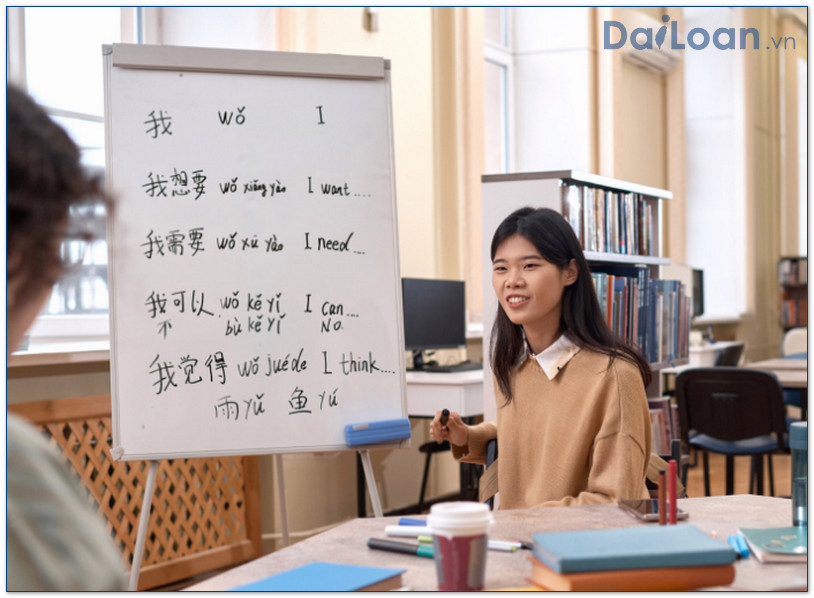In the rich tapestry of the Chinese language, understanding terms like 文稿 (wén gǎo) can greatly enhance your mastery of Mandarin. In this article, we will delve into the meaning of 文稿, its grammatical structure, and provide you with useful example sentences to illustrate its application in daily communication.
Understanding the Meaning of 文稿 (wén gǎo)
文稿 directly translates to “manuscript” or “written document” in English. It refers to any written work that is intended for publication or dissemination, such as essays, articles, reports, and even manuscripts for books. The term embodies not only the physical aspect of a written text but also the effort involved in creating something that conveys information or tells a story.
Grammatical Structure of 文稿 (wén gǎo)
文稿 is composed of two characters: 文 and 稿.
Character Breakdown
- 文 (wén): This character means “culture,” “literature,” or “writing.” It symbolizes the essence of communication and the exchange of ideas through written forms.
- 稿 (gǎo): This character translates to “draft,” “manuscript,” or “copy.” It denotes something that is not final but is essential for the writing process, such as a draft that needs improvement before publication.
Grammatical Use
Grammatically, 文稿 functions as a noun in a sentence. It can be modified or accompanied by various descriptors or quantifiers to elaborate on the type or quality of the manuscript being discussed.
Example Sentences Using 文稿 (wén gǎo)
To illustrate the practical use of 文稿, let’s explore some example sentences:
1. Simple Sentences
- 我正在写一篇文稿。 (Wǒ zhèngzài xiě yī piān wén gǎo.) – I am currently writing a manuscript.
- 该文稿需要更多的修改。 (Gāi wén gǎo xūyào gèng duō de xiūgǎi.) – This manuscript needs more revisions.
2. Complex Sentences
- 在提交文稿之前,请确保所有的引用都已正确格式化。 (Zài tíjiāo wén gǎo zhīqián, qǐng quèbǎo suǒyǒu de y引用 dōu yǐ zhèngquè géshì huà.) – Before submitting the manuscript, please make sure that all citations are correctly formatted.
- 虽然她的文稿写得很好,但她仍然感到紧张,因为这是她第一次发表。 (Suīrán tā de wén gǎo xiě dé hěn hǎo, dàn tā réngrán gǎndào jǐnzhāng, yīnwèi zhè shì tā dì yī cì fābiǎo.) – Although her manuscript was well written, she still felt nervous because it was her first publication.
3. Contextual Usage
- 编辑认为这份文稿适合在晚上的文学沙龙上阅读。 (Biānjí rènwéi zhè fèn wén gǎo shìhé zài wǎnshàng de wénxué shālóng shàng yuèdú.) – The editor thinks this manuscript is suitable for reading at the evening literary salon.
- 为了写出高质量的文稿,研究人员花费了几个月的时间。 (Wèile xiě chū gāo zhìliàng de wén gǎo, yánjiū rényuán huāfèi le jǐ gè yuè de shíjiān.) – To produce a high-quality manuscript, the researchers spent several months.

Conclusion
Understanding terms like 文稿 (wén gǎo) is crucial for anyone looking to improve their Chinese language skills. From its meaning to its grammatical structure and practical application through example sentences, this guide provides a comprehensive overview of the term. Incorporating such vocabulary into your language practice can significantly enhance your communication skills. Remember, the art of writing goes beyond just putting words together; it’s about conveying ideas with clarity and purpose.
Happy learning!

Sứ mệnh của Chuyên là giúp đỡ và truyền cảm hứng cho các bạn trẻ Việt Nam sang Đài Loan học tập, sinh sống và làm việc. Là cầu nối để lan tỏa giá trị tinh hoa nguồn nhân lực Việt Nam đến với Đài Loan và trên toàn cầu.
CÓ THỂ BẠN QUAN TÂM
Du học Đài Loan
Lao Động Đài Loan
Việc Làm Đài Loan
Đơn Hàng Đài Loan
Visa Đài Loan
Du Lịch Đài Loan
Tiếng Đài Loan
KẾT NỐI VỚI CHUYÊN
Zalo: https://zalo.me/0936126566
Website: www.dailoan.vn




